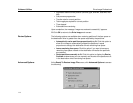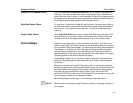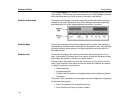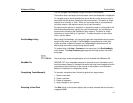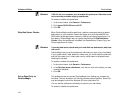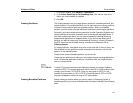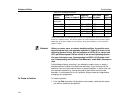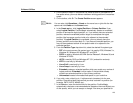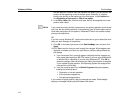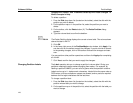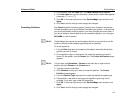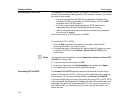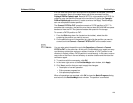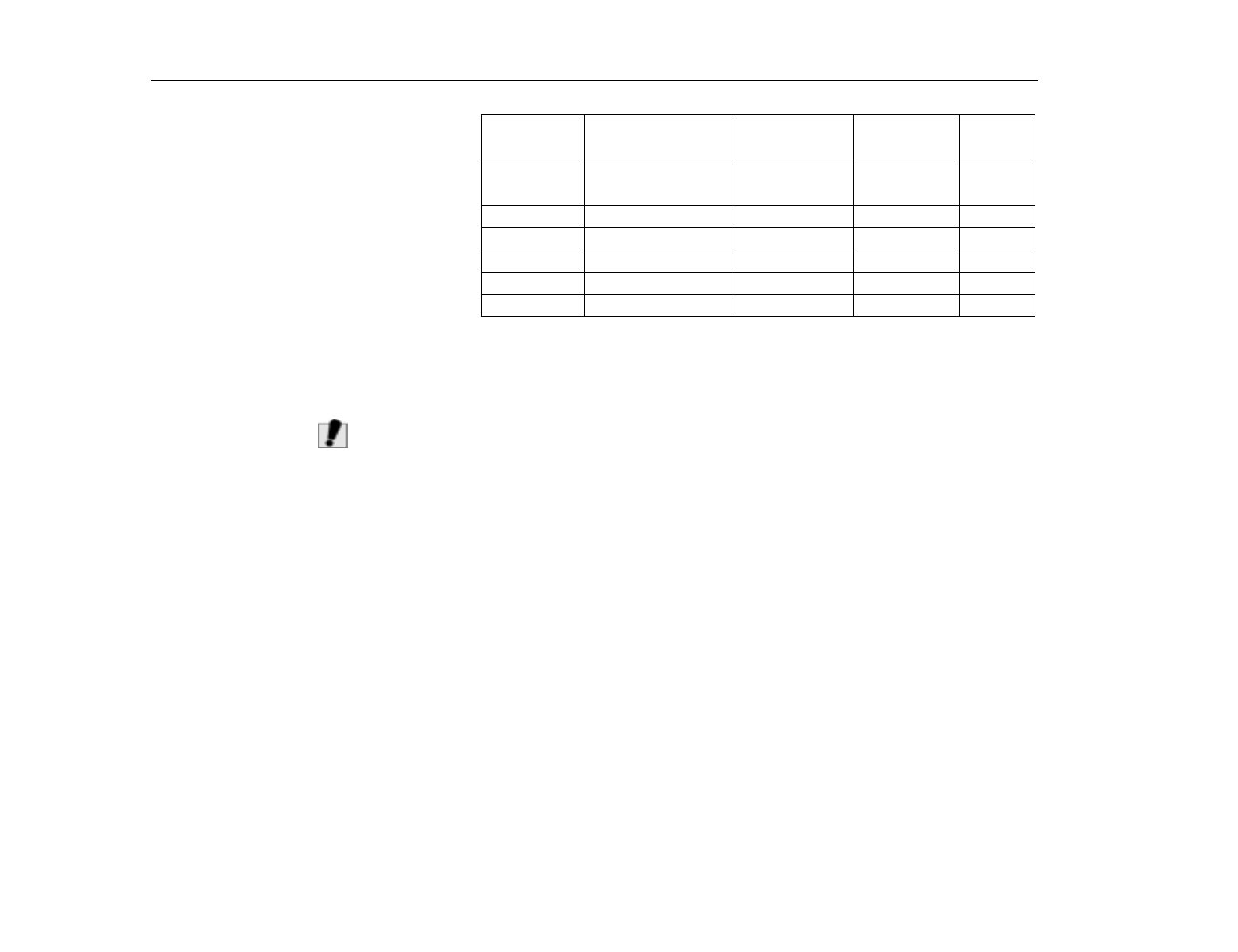
PartitionMagic
Software Utilities
122
TABLE 20. Bootable Partitions
* Windows NT must boot from a primary partition on the first drive. However, only a few NT files must
reside on that partition; the remaining files can reside on a logical partition, which can be located on
the first or a subsequent drive. The NT boot partition can be shared with another operation system.
Additionally, NT must be installed on a FAT partition. During the installation, you can convert the
partition to NTFS.
W
ARNING
:
When you create, move, or resize a bootable partition, the partition must
begin below the boot code boundary specified in Table 20 in order for the
Operating System to boot. With the exception of DOS 6.22 (or earlier) and
OS/2, partitions beyond 8 GB are visible to the current Operating System.
For more information, see “Understanding the BIOS 1,024 Cylinder Limit”
and “Understanding the 64K Boot Code Boundary” under Basic Concepts in
Help.
PartitionMagic displays a warning if you attempt to create, move, or resize a
bootable partition outside of the boot code boundary. If you continue with the
operation, you may not be able to boot or to see the partition. In either case, you
can resolve the problem by moving the partition back within the boot code
boundary. In most cases this is not a problem. Always create an image before
changing your configuration.
To Create a Partition
To create a partition:
1. From the
Disk
drop-down list (located on the toolbar), select the disk where
you wish to create the new partition.
Operation
System
Boots from
Primary or Logical
Supported
Partition Types
Boot Code
Boundary
Space
Required
DOS 6.22
and earlier
Primary FAT 2 GB 8 MB
Windows 95 Primary FAT or FAT32** 8 GB 90 MB
Windows 98 Primary FAT or FAT32 8 GB 175 MB
Windows NT Primary* FAT or NTFS 2 GB 117 MB
Linux Either Linux Ext2 8 GB 250 MB
OS/2 Either FAT or HPFS 4 GB 110 MB



